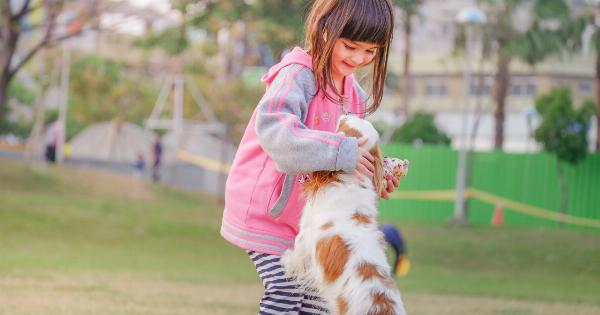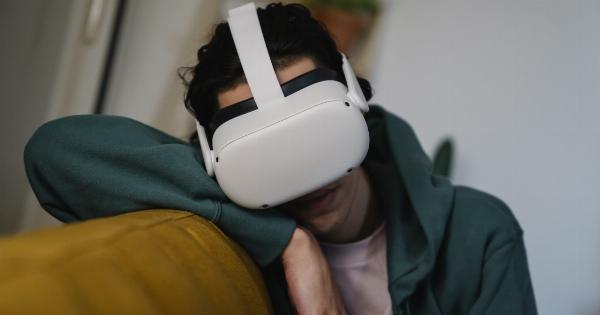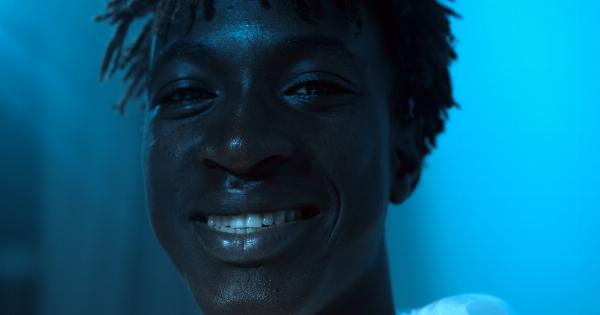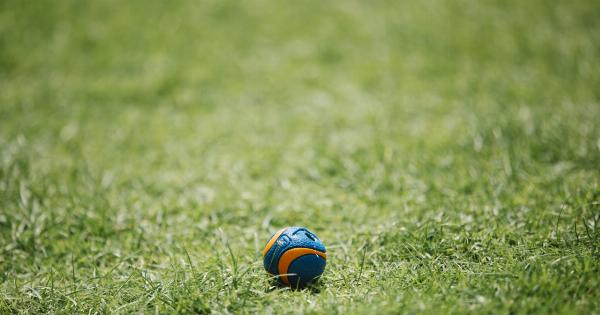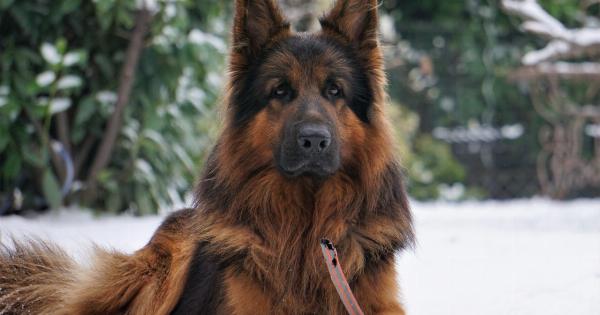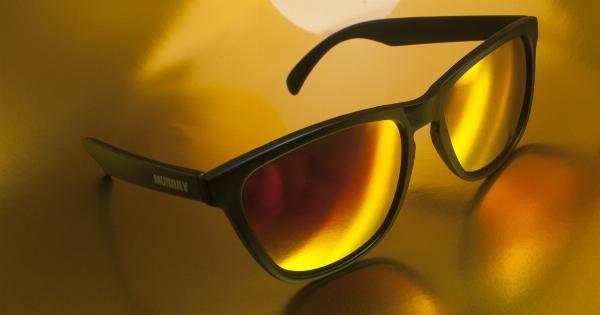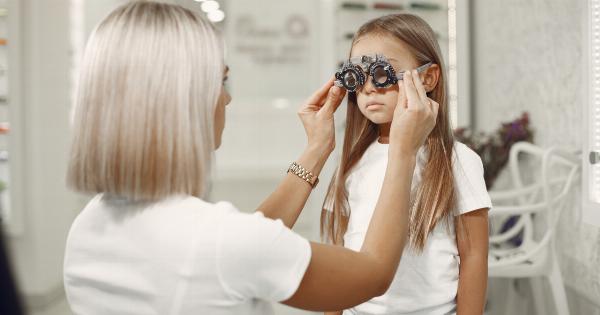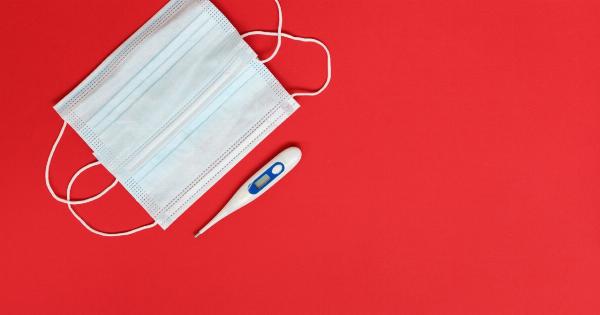Myopia, also known as nearsightedness, is a common refractive error that affects the ability of the eye to focus on distant objects. It typically develops during childhood and can progressively worsen over time.
Myopia occurs when the eyeball is too long or the cornea is curved too steeply, causing light rays to focus in front of the retina instead of directly on it.
Prevalence of Myopia in Children
Myopia has been on the rise in recent years, particularly in children. According to a study published in the journal Ophthalmology, the prevalence of myopia among children has increased substantially.
In some countries in East Asia, around 80-90% of young adults are myopic. This trend is concerning, as myopia can lead to a variety of vision problems and increase the risk of eye diseases later in life.
The Causes of Myopia in Children
The exact cause of myopia is not yet fully understood. However, both genetic and environmental factors are believed to play a role in its development.
If one or both parents are myopic, there is an increased likelihood of their children developing myopia as well. Additionally, lifestyle factors such as spending excessive time on near work activities like reading or using electronic devices, and lack of outdoor activities, have also been associated with an increased risk of myopia.
Effects of Myopia on Children
Myopia can have several effects on children’s vision and overall well-being. Some of the common effects include:.
Blurry Distance Vision
Children with myopia often struggle to see distant objects clearly. They may have difficulty reading the board in school or recognizing faces from a distance. This can lead to academic challenges and difficulties in participating in outdoor activities.
Eyestrain and Headaches
Constantly straining the eyes to see clearly can cause eye fatigue and frequent headaches, which can affect a child’s concentration, productivity, and overall quality of life.
Progressive Worsening
Myopia tends to worsen gradually over time, especially during childhood and teenage years. This means that a child who starts with mild myopia may end up with a significantly higher prescription as they grow older.
This progression can increase the risk of developing severe myopia and related complications.
Risk of Eye Diseases
High myopia, defined as a prescription of -6.00 diopters or higher, is associated with a higher risk of eye diseases such as retinal detachment, glaucoma, cataracts, and myopic maculopathy.
These conditions can lead to vision loss or even blindness if left untreated.
Prevention and Management of Myopia in Children
While myopia is largely influenced by genetic factors, there are several strategies that can help prevent its onset or slow down its progression in children.
Outdoor Time
Encouraging children to spend more time outdoors has been shown to be effective in slowing down myopia progression.
Spending at least two hours a day in natural light, engaging in activities that require distance vision, can significantly reduce the risk of developing myopia or slow down its progression.
Limit Near Work
Limiting the amount of time children spend on activities that require close-up focus, such as reading or using electronic devices, can help reduce the strain on their eyes.
Implementing the 20-20-20 rule can be beneficial, where children take a 20-second break every 20 minutes to focus on something at least 20 feet away.
Proper Lighting
Providing adequate lighting while reading or doing close work can reduce eye strain and prevent further myopia progression. Well-lit rooms with adjustable lighting options are recommended for children’s study areas.
Ergonomics and Posture
Ensuring proper ergonomics and posture while studying or using electronic devices is crucial to prevent unnecessary stress on the eyes.
Children should be taught to maintain a comfortable distance from their books or screens and to position themselves correctly to avoid excessive eye strain.
Regular Eye Exams
Scheduling regular eye exams is important to detect myopia early and monitor its progression. An eye care professional can prescribe appropriate corrective lenses and provide guidance on managing myopia in children.
Corrective Eyewear
Prescription glasses or contact lenses can help children with myopia see clearly and improve their distance vision. These vision correction options should be worn consistently as prescribed by the eye care professional.
Orthokeratology
Orthokeratology, also known as ortho-k, involves wearing special rigid gas-permeable contact lenses while sleeping. These lenses temporarily reshape the cornea, providing clear vision during the day without the need for glasses or contacts.
Ortho-k can slow down the progression of myopia in children and is a popular choice for those who do not want to wear glasses.
Conclusion
Combatting myopia in children requires a comprehensive approach that includes lifestyle modifications, regular eye exams, and appropriate vision correction options.
By following expert advice and implementing these strategies, parents can play a vital role in safeguarding their children’s vision and reducing the impact of myopia on their lives.










